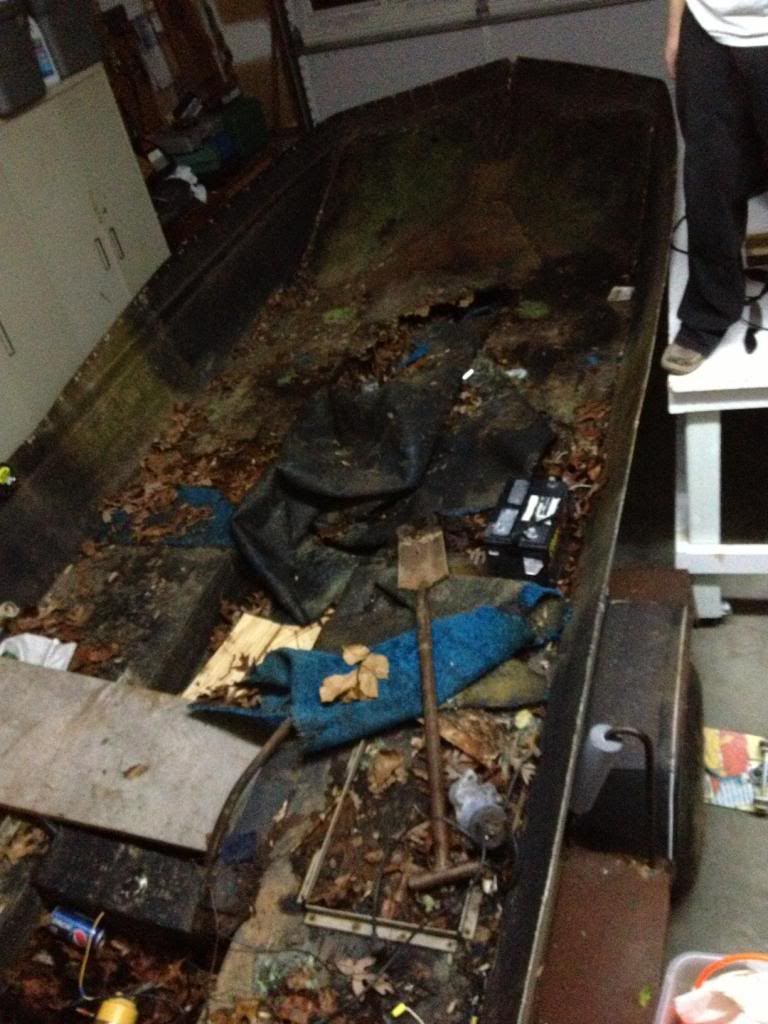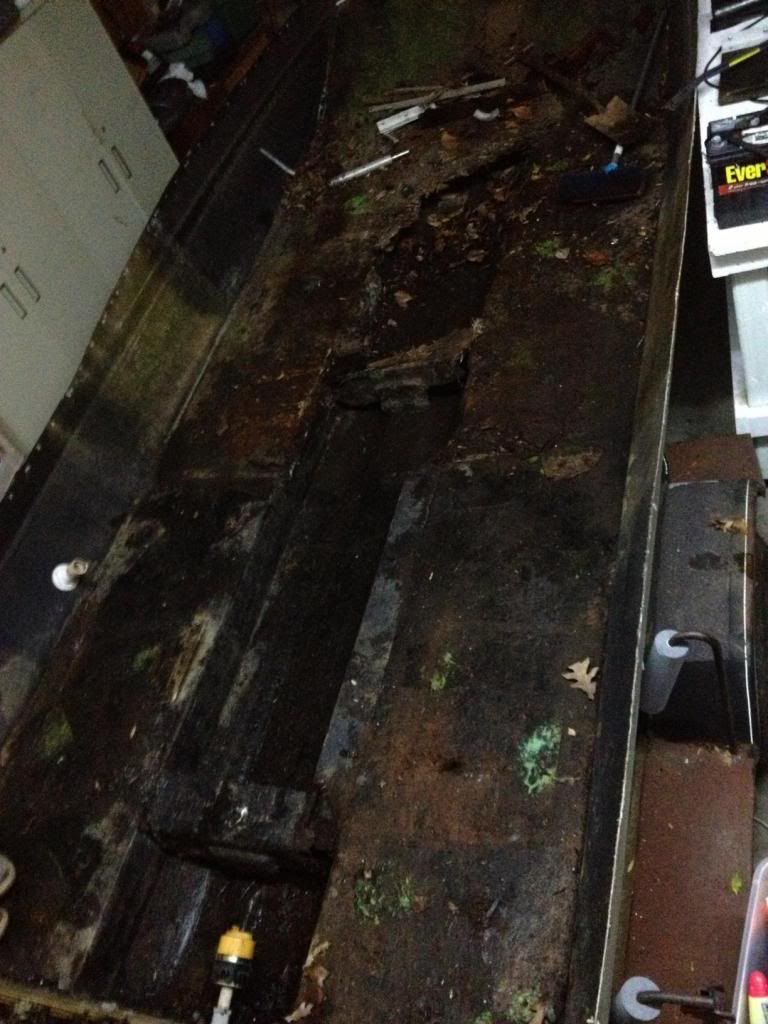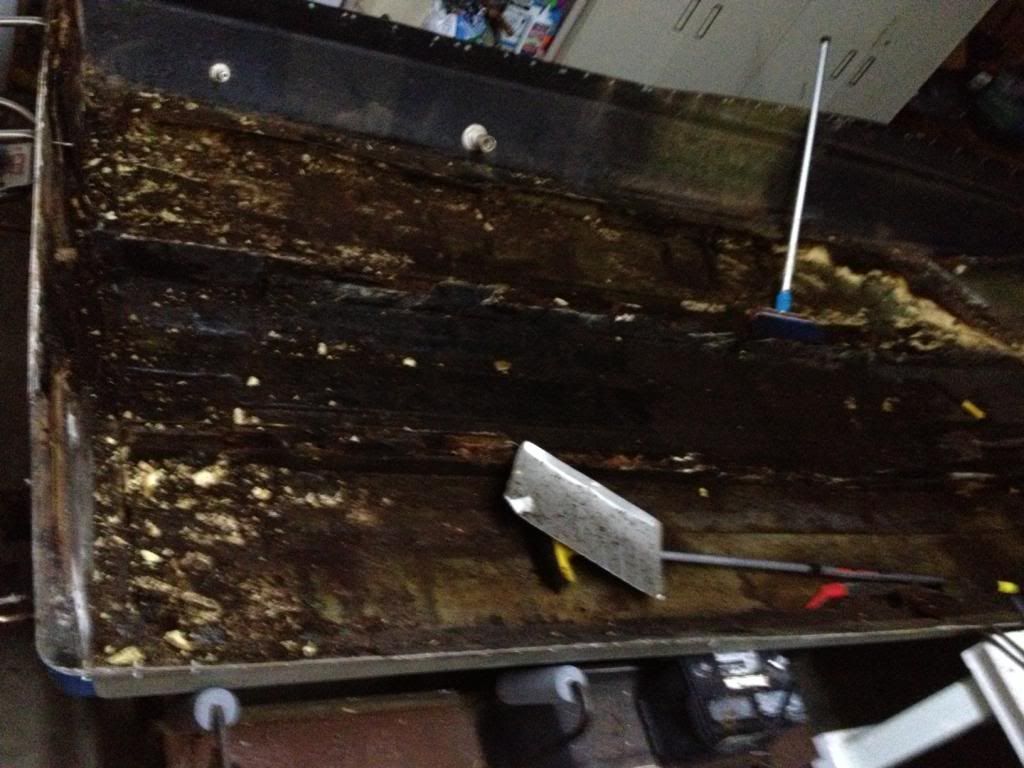Re: 1973 Chrysler Fin & Fun Rebuild
Any thoughts on my foam idea?
Floatation foam in a fiberglass boat serves multiple purposes. It not only keep the boat afloat in case of an emergency, it also supports the hull and deck and unifies the structure by filling all voids and creating a solid core... and that's one of the problems with using sheet foam alone in a f'glass boat. Sheet foam will leave a lot of voids because it doesn't conform to the exact shape of the hull. This will leave a lot of the hull unsupported and is likely to cause stress cracks in the hull, especially in older boats like yours. This is why the smaller (under 20') f'glass boats are manufactured with solid expanding foam below the deck. It would be quite a bit cheaper for the manufacturers to use the sheet foam for floatation, but the boats would hold up over time.
I touched on this subject back in post #30.
You can use sheet foam and expanding urethane combined to give your hull the support it needs and to greatly reduce the cost of the expanding urethane foam. You can "sandwich" the sheet foam in layers between layers of expanding foam. This can reduce the cost of the expanding foam by about 75%.
As for wrapping the foam in plastic, it's not recommended. This will break the adhesive bond between the expanding foam and the hull. It'll also trap any water that gets between the plastic and the foam.
I know you're probably thinking "I don't want to use expanding foam because it's just going to suck up a bunch of water like that junk I just dug out of my boat", this isn't true. It takes a long time for urethane foam to become waterlogged and it has to have constant exposure to water for that to happen.
A quote from the USComposites site:
2 LB Density Urethane Foam
(U.S. Coast Guard Compliant Marine Foam)
Common Applications: Our 2LB density marine foam is recommended for void filling in nonstructural applications. This product can be poured underneath decks and inside cavities where a lightweight flotation foam is needed to provide buoyancy. This foam has been tested in accordance with U.S. Coast Guard Regulation # 33 CFR 183.114 . This foam is approximately 95-98% closed cell which resists absorbing water, however continuous water submersion can eventually lead to loss of buoyancy over a period of years.
If you take care of your boat when you're finished restoring it and protect all of your hard work by keeping your boat covered when it's not in use your foam will stay bone dry... and your boat will stay looking new for many years.
Your boat was severely neglected before you bought it and that's why it's in the condition it's in today. When the interior of a boat suffers constant exposure to the elements... it ends up like yours did.
























